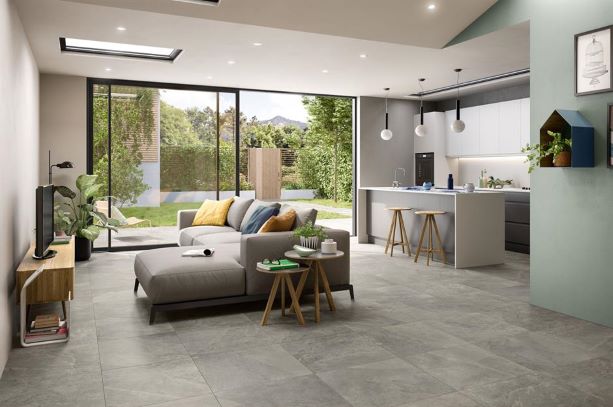
According to a 2019 Gallup poll, as reported by the New York Times, Americans are some of the most stressed-out people on the planet, with about 55 percent noting they had experienced stress during “a lot of the day” prior, compared to only 35 percent worldwide. And that was before the pandemic, which means, more than likely, that number is even higher today.
When searching for ways to manage that stress, you probably think about getting more exercise, practicing yoga or meditation, and the like, but one of the most effective strategies is often overlooked: creating a more relaxing home environment. A more peaceful place to begin and end your day can make a significant difference in stress levels.
Whether you just bought a new home among St. Albert real estate or you’re looking to transfer the one you’ve been in for years, here’s how to create a more relaxing home design.
Get Rid of the Clutter and Get Organized
If your home is full of clutter and disorganized, it evokes a feeling of distress, the opposite of that calming feel you hope to achieve. Clutter is well-known to create unconscious and physical chaos – it can often lead to a lot of wasted time, having to search for your car keys or a particular item of clothing. Schedule in time to go through that messy closet, piles of paperwork, and so on, and you’ll feel the tension escape immediately while tossing things out. Once you’ve de-cluttered, start organizing, making sure everything has its own place.
Change Up the Paint
The color of your rooms can make a difference too. It’s important to consider the psychological effects tones have in creating a specific mood. The wall colors have a significant impact – for example, a room in bright red is likely to make you more anxious, while soft shades of green or blue are always calming. Blues are particularly known for evoking a more serene feeling, conjuring up an ocean vibe that can make any space feel calm instantly. Green shades can promote a feeling of being immersed in nature like a walk through the woods. A light sage or sky blue is often associated with a spa-inspired room, but any soft, cool green or blue will be less tiring to the eye.
Add Greenery
Nature is restorative, helping stress melt away, which is why many of us head to a hiking trail or a botanical garden when we need to recharge after a stressful week. Those same restorative qualities can be brought indoors by adding greenery. Plants also help to eliminate toxins and reoxygenate the home. If you don’t have a green thumb, choose plants that require little maintenance like a snake plant, which actually thrives on being ignored while maximizing the tranquil effect.
Create a Space to Meditate
If you don’t have an extra room available, designate a space for meditating or quiet contemplation. Add cozy blankets, throw pillows, or cushions along with items that represent a sense of calm and tranquility. You might include a decorative bowl with a fresh sprig of lavender, perhaps a singing ball or crystals, if they help you to connect inwardly.

